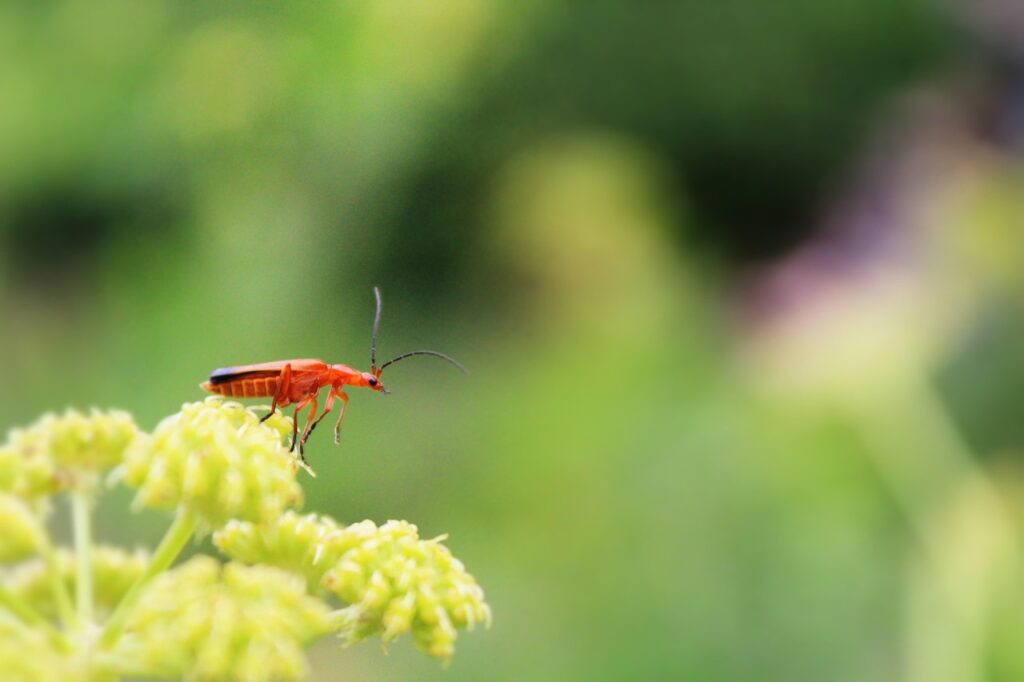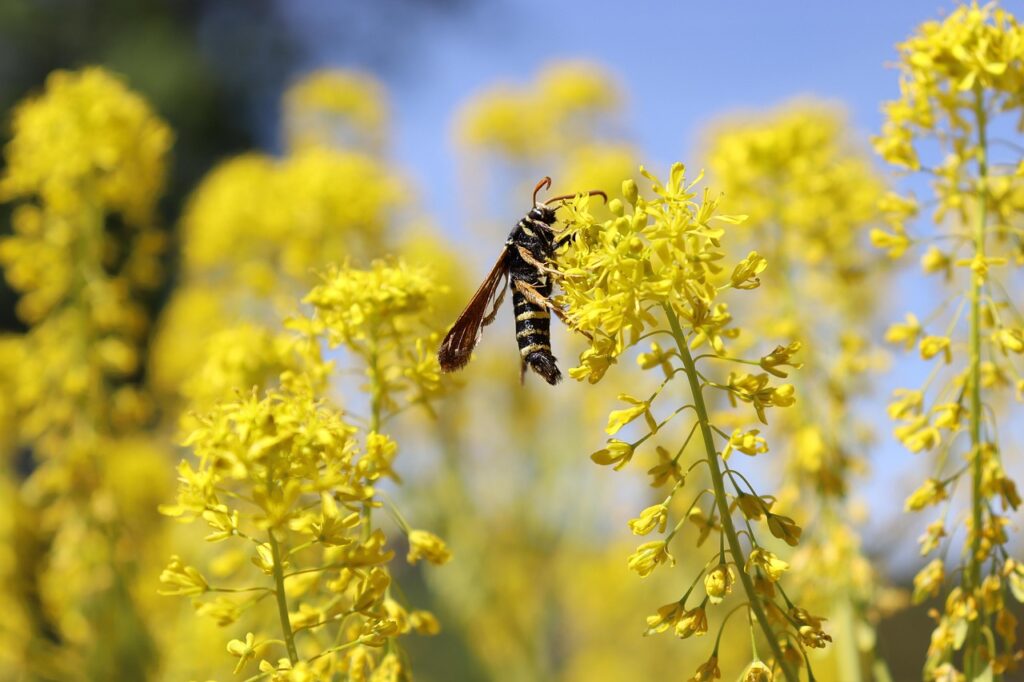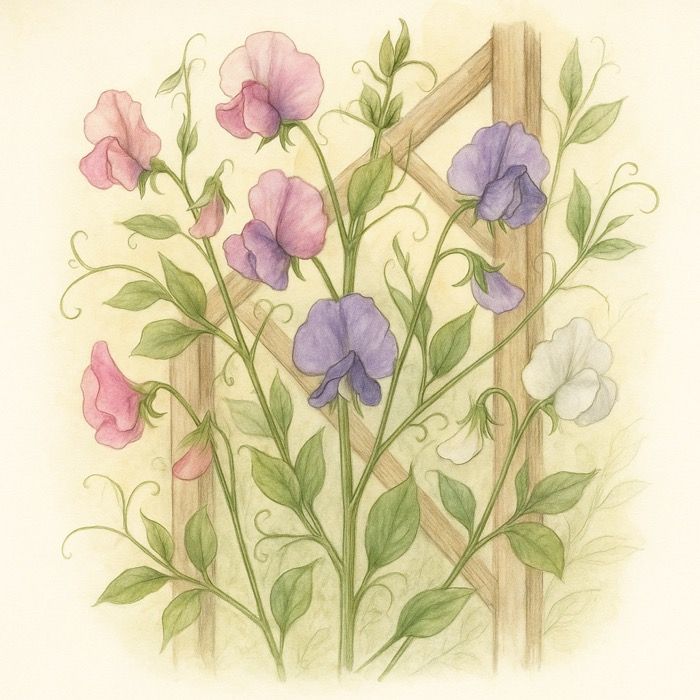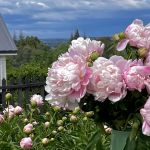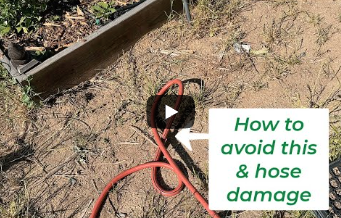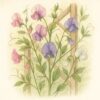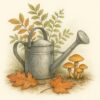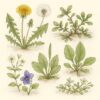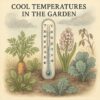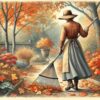Beyond Bees – 7 Surprising Creatures That Pollinate Your Garden
When most people think of pollinators, they picture buzzing honeybees darting between blossoms. But the truth is, a secret society of surprising creatures is working the day and night shift in your garden. From moths with long tongues perfectly adapted for nocturnal blooms to tiny beetles that have been pollinating since the time of dinosaurs, these often-overlooked helpers are just as vital for blooms, fruit, and seed production. Let’s meet seven surprising pollinators keeping your garden alive and thriving.
Moths
Many fragrant, pale-colored flowers (like evening primrose and night-blooming jasmine) actually rely more on moths than bees. Their long proboscis is perfectly shaped to reach nectar in deep, tubular flowers that bloom after dark, making them crucial for moon gardens and adding an ethereal beauty to your nighttime landscape.
Interesting Fact
Some moths have such specialized relationships that they are the only pollinator for a specific plant. The yucca plant, for example, relies entirely on the yucca moth, which intentionally collects and places pollen on the stigma while laying its eggs inside the flower’s ovary.
Master Gardener Tip
Create a “moon garden” by planting a variety of night-blooming flowers like moonflower, nicotiana, and evening primrose. Their pale colors and strong fragrance are irresistible to moths and will bring a new dimension to your evening landscape.
Beetles
Beetles were among the very first pollinators, lumbering across early blooms long before bees even evolved. These robust insects, sometimes messy eaters, still play a significant role in pollinating plants with sturdy flowers like magnolias, water lilies, and spicebush, often leaving behind tell-tale signs of their visit in the form of chewed petals and pollen dust.
Interesting Fact
Unlike most pollinators that seek nectar, beetles are often more interested in eating the pollen itself, or the flower’s petals. This ancient pollination method is why many “beetle-pollinated” flowers are bowl-shaped and durable to withstand their visits.
Master Gardener Tip
If you’re planting for beetles, consider adding ancient plant species like magnolias or spicebush. Don’t worry if you see a bit of damage to the flowers—it’s a sign that these ancient workers are doing their job!
Flies
Often unappreciated, hoverflies and even houseflies are frequent flower visitors, especially ones with strong, sometimes less traditionally “sweet” odors. Many flies, especially hoverflies, are attracted to flowers that mimic the smell of decay—a clever trick that helps pollinate plants like the pawpaw. As larvae, hoverflies are also voracious predators of aphids, making them valuable double-duty allies in your garden.
Interesting Fact
Some plants, such as the carrion flower, have evolved to emit a foul odor resembling rotting meat or dung to attract specific types of flies as their primary pollinators. This is a brilliant, albeit stinky, evolutionary strategy!
Master Gardener Tip
Attract beneficial flies by planting flowers with small, clustered blooms and easy-to-access nectar, such as dill, fennel, and cilantro. These “umbel-shaped” flowers are perfect landing pads for flies and other small insects.
Wasps
While often feared for their sting, many wasp species are vital pollinators. Fig trees, in particular, have a fascinating and exclusive relationship with specific types of wasps for their pollination. Certain orchid species also depend solely on these slender insects for the transfer of their pollen.
Interesting Fact
The relationship between a fig tree and its pollinating wasp is a prime example of co-evolution. The wasp can only lay its eggs inside the fig’s unique flower structure, and the fig can only be pollinated by that specific wasp—a true partnership of survival.
Master Gardener Tip
To attract more beneficial wasps (and reduce unwanted ones), plant flowering herbs like mint, thyme, and fennel. These plants offer a food source for wasps, encouraging them to stay and help with pest control without building nests in undesirable locations.
Butterflies
Butterflies, with their vibrant wings, prefer flat, wide flowers where they can land easily to sip nectar through their straw-like proboscis. While they might not be as efficient at pollen transfer as bees due to their less hairy bodies, they spread pollen across larger distances as they gracefully flit from bloom to bloom, adding a touch of magic to the garden.
Interesting Fact
Butterflies actually taste with their feet! They land on a plant to determine if it is a suitable place to lay their eggs and if it contains the right kind of nectar for their diet.
Master Gardener Tip
Create a “puddle party” for butterflies by filling a shallow dish with wet sand and a few small rocks. Butterflies will land to sip water and absorb essential minerals, providing a crucial resource beyond just nectar.
Bats
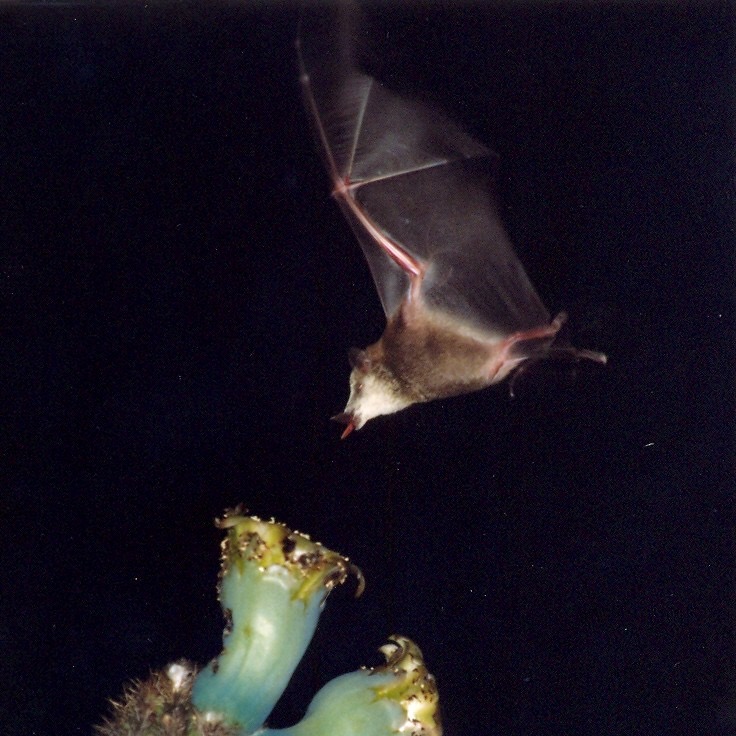
In warmer climates, these nocturnal mammals are powerhouse pollinators, especially for cacti like the towering Saguaro, as well as bananas, and agave (yes, the very plant used to make tequila!). Bats can carry massive amounts of pollen on their fur as they visit night-blooming flowers, traveling long distances between plants.
Interesting Fact
Flowers that are pollinated by bats often have distinct characteristics to attract their nocturnal visitors. They are typically pale, fragrant, and bell-shaped, and they bloom after sunset, making them easy for bats to locate by sight and smell.
Master Gardener Tip
In regions where bats are native pollinators, consider planting night-blooming cacti, agave, or columnar cacti. You can also install a bat house to encourage them to take up residence, providing a home for these beneficial creatures in your yard.
Ants
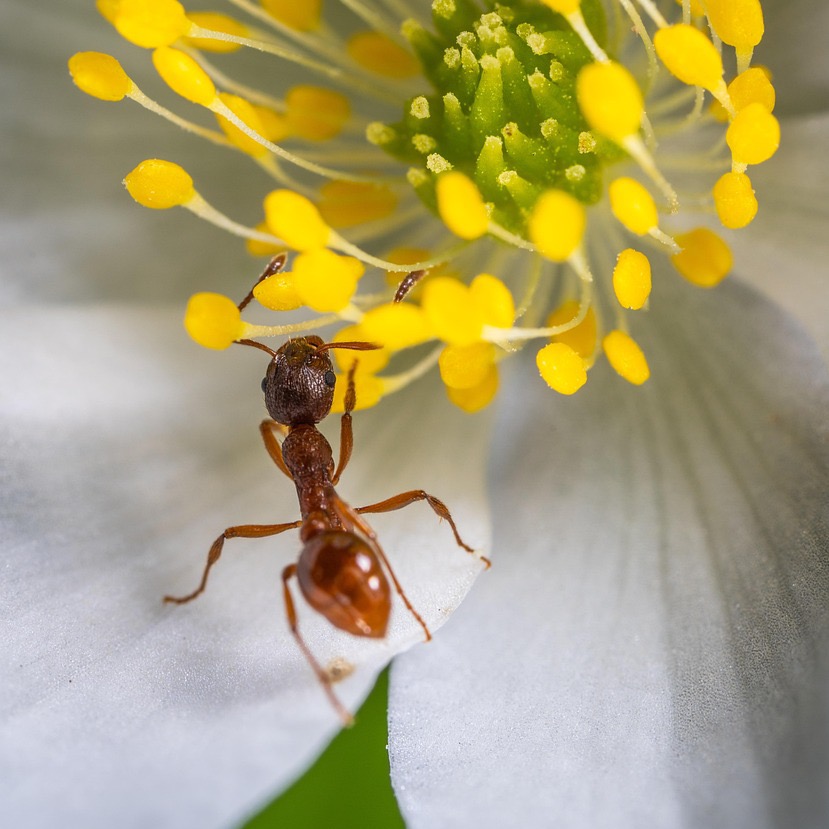
Though often seen as garden pests, ants can inadvertently pollinate small flowers located close to the ground as they forage for nectar and other resources. While they aren’t considered major pollinators due to their small size and grooming habits, they still contribute to the overall biodiversity and pollination of certain plant species.
Interesting Fact
Some plants, like the peony, have a special relationship with ants. While not true pollinators, the ants are attracted to the sweet nectar on the outside of the flower bud, and their activity helps encourage the bud to open up for other pollinators.
Master Gardener Tip
Instead of trying to get rid of ants completely, tolerate their presence in certain areas. Avoid placing ant baits near your garden beds, as this can harm other beneficial insects. Embrace their role as tiny foragers who can help out with pollination at the ground level.
In closing, so while the honeybee may be the star, remember that a thriving garden is a team effort. By opening your mind—and your garden—to this surprising cast of characters, you’re not just growing beautiful flowers and delicious food; you’re fostering a richer, more resilient ecosystem right in your own backyard. It’s a simple act that makes a world of difference, one bloom at a time.


